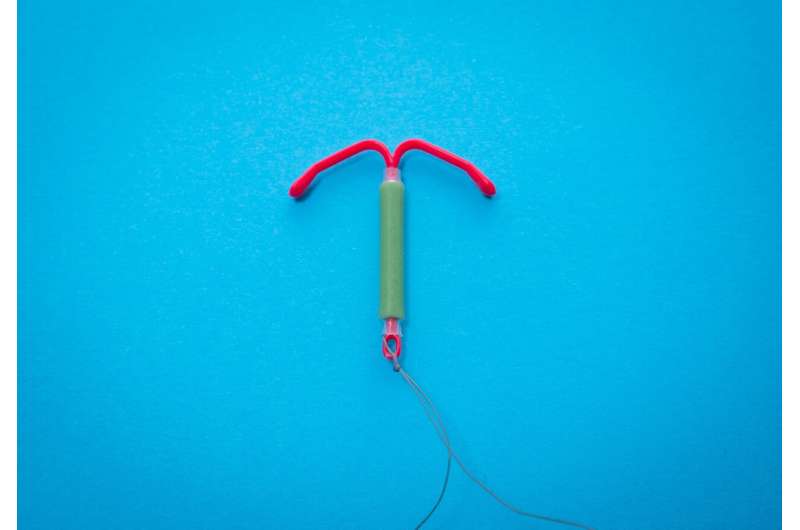Research team reports on risk of IUD expulsion in early postpartum placement

In a study recently published in JAMA, researchers at University of California San Diego School of Medicine found evidence of the risk of intrauterine device (IUD) expulsion (when the IUD comes out of the uterus on its own) after early postpartum placement.
Traditionally, an IUD (a form of birth control) is placed in a patient at the six-week postpartum visit. The American College of Obstetricians and Gynecologists, however, recommends all postpartum visits happen within the first three weeks post-delivery. This can result in some patients and health care providers deciding to have an IUD inserted at this earlier appointment.
The study results showed IUD placement two to three weeks after delivery has a 2% risk of expulsion compared to a 0% expulsion rate at six to eight weeks after delivery.
“Prior to this study, there was limited data on the risk of IUD expulsion after early postpartum IUD placement,” said Sarah Averbach, MD, associate professor of Obstetrics, Gynecology, and Reproductive Sciences at UC San Diego School of Medicine, obstetrician and gynecologist with UC San Diego Health and first author of the study.
“The results of our study will allow patients and clinicians to make a shared decision about the timing of IUD placement postpartum that meets the patient’s goals and preferences based on scientific data.”
More information:
Sarah Averbach et al, Early vs Interval Postpartum Intrauterine Device Placement, JAMA (2023). DOI: 10.1001/jama.2023.1936
Journal information:
Journal of the American Medical Association
Source: Read Full Article
